NON-Flanged (Insert) Window Replacement + Flashing
I changed out my rotten wood framed windows for all vinyl ones. The original wall was aluminum siding. I fixed the rotten sheathing, applied house wrap. Then strapped (furred) the wall with plywood. The pictures show how I flashed the rough window openings. I did NOT want flanged windows because I did not want to have to disturb the siding when the window needs to be replaced in the future (far into the futuer I hope). I see a lot of articles on how to flash flanged windows, but I never see methods for Insert (non-flanged) ones. Even though I had scaffolding in place, I still prefer to install the windows from the inside. I was working alone so for me it was safer. All the sealant used was Quad Advanced low VOC. Please comment below.
Thanks again for your time and patience.
GBA Detail Library
A collection of one thousand construction details organized by climate and house part



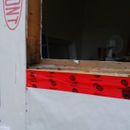

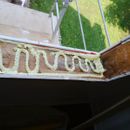
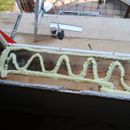
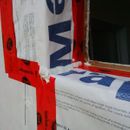
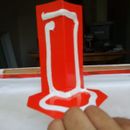


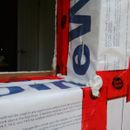

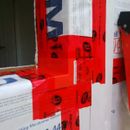
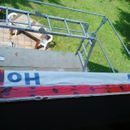

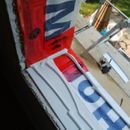



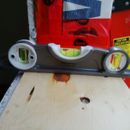
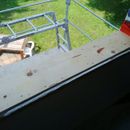

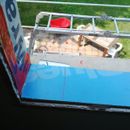
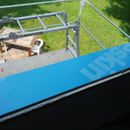
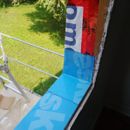
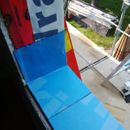

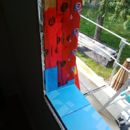
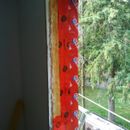



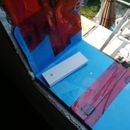
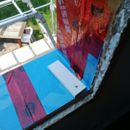
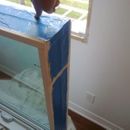
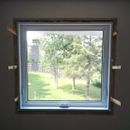
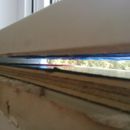


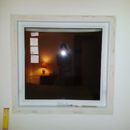

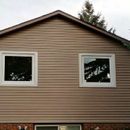







Replies
Thanks for the photos! I have also had a hard time finding details for this type of window.
Do you have any photos of how you finished inside/outside trim? Did you install backer rod and caulk on the interior? Is the exterior trim just nailed on, or is it sealed to the window unit?
Hi there, the trim is not installed yet. The picture, 3rd from the bottom, shows the interior side of the window. All I did was mask off a 2 inch perimeter around the window and applied a 1/8th thick swath of clear dynaflex 230. So it does on white, then dries clear. Once, clear it shows full cure. This 2 inch swath bridges the jamb to spray foam, spray foam to drywall. Rod and caulk I don't do. I do this method as the gap around the window is 1 inch. I'll then install the trim, caulk again, paint.
Alexander,
A little late for your job - but it's fairly easy, especially if your wall includes rain screen strapping, to detail your exterior siding and trim to make it possible to remove flanged windows without disturbing the siding. I do it routinely on all new construction
I'd love to see more pictures once you're completely done with this project.
Malcom - Can you show your details to detail the exterior siding and trim to make it easy to remove flanged windows?
Michael,
- Line sill and jambs of RO with peel and stick membrane.
- Install the window into a bed of caulking and nail off flange.
- Flash window head.
- Cover flange with WRB and seal with tape.
- Run rain screen strapping just outside (most commonly 1 1/4") of flange on sides, and at 16" across top and bottom keeping it off the flange.
- Install siding. You can either keep it back the same 1 1/4" or run it tight to the window frame. If you run it tight, when you come to replace the windows you will have to cut it back, but as it is held out by the strapping you don't damage the WRB or flange.
- Install trim around window opening tight to window frame.
Here are a few more details of what I did. Its not perfect, but I trust water will not enter for many years to come. The white frame around the window is azek. Azek kicks butt (never rots, stable, easy to work with, lasts forever, not reactive-inert). Stainless steel (304) trim screws holding it together. The clear sealant on top of the white azek frame is clear OSI QUAD. It sticks the white aluminum capping to the azek. Where the window frame meets the blueskin, that white caulking is OSI QUAD as well. OSI QUAD was the ONLY sealant that sticks blueksin (polyethylene), azek (PVC), window frame (PVC), tyvek (spun polyolefin), etc. I have really great results with adhesion using OSI QUAD on all of these different substrates. In one of the pictures you see the tyvek taped over the window head flashing; this tyvek is installed shingle style under the above piece. The picture kind of makes it looks like its just taped to the above tyvek (its not, its 8 inches under then taped--tape can fail, layers don't).
Thanks again.
Tyvek has details for non-flanged windows for situations if you don't have your weather barrier (tyvek) in place or if you do have the wbr installed already.
Here is one of them: http://www.dupont.com/content/dam/assets/products-and-services/construction-materials/assets/K25730-Non-FlangedWindowAFTERwrb.pdf
True enough, dupont does have instructions. But, their method basically means creating a flange which warrants the window to be installed from the outside. I preferred to install my windows from the inside (safer for me). Plus, if in the future I need to remove the window for what ever reason I will be destroying the flange created. My method (at least allows the opening to remain intact. I guess though since I did put an azek frame around the window I could pretty much install any type of window (the frame allows the siding to be far enough away so as not to be disturbed). But in my case I really did want to install the window from the inside. Thanks for dupont link.
Dupont does have some nice instructions on their website, but i dont like making flanges with flexwrap.
Long term, I think dupont will create many more "details" of water sealing using flexwrap
MArtin, Comments? lates.
Alexander,
Do you have a question?
is the work good? Do we need more pics here? comments appreciated
Q. "Is the work good?"
A. It's hard to say. I'm not a fan of picture-frame window trim on the exterior of a window. (I prefer a traditional approach with a window sill that projects beyond the plane of the siding.)
I'm not sure how you ended up making your sills watertight, but the approach shown in the photo below doesn't look encouraging.
.
in the picture you took, the blue skin will drain on top of the siding. And the azek window trim has a gap between it and the blueskin so it can drain to the outside of the siding. And theres also, a rain screen gap 1/2". Don't, the pics above show how I did it???
thanks
Alexander,
I assume that after the photo was taken, you installed some type of trim piece at the sill. Ideally this trim piece -- what I would call the sill -- should extend under the window rather than butting up against the window (perhaps with a caulk seam?), and should also have ears that extend on the right and the left side, so that the side casing can be terminated on the sill. Anyway, that's how I was trained to trim windows.
here is how the window sills are done.
heres another
Did you use aluminum coil stock as your sill material? And if so, were you able to slip the flashing under the window?
It looks from the photo that water can leak into the corner where the sill meets the jamb extension (see below). But I suppose that your system can still handle that type of leak.
.
there is slot in the window that receive the coil stock.
another pic
So it looks like you are using caulk to seal the corner between the sill and the jamb extension. That's not ideal, but it will work (mostly because you did a good job of installing flashing on your rough sill). You'll need to inspect and renew that caulk bead annually.
i used quad max for the sealant. i love the stuff. it will outlast most other sealants on the market.
thanks for the feedback.